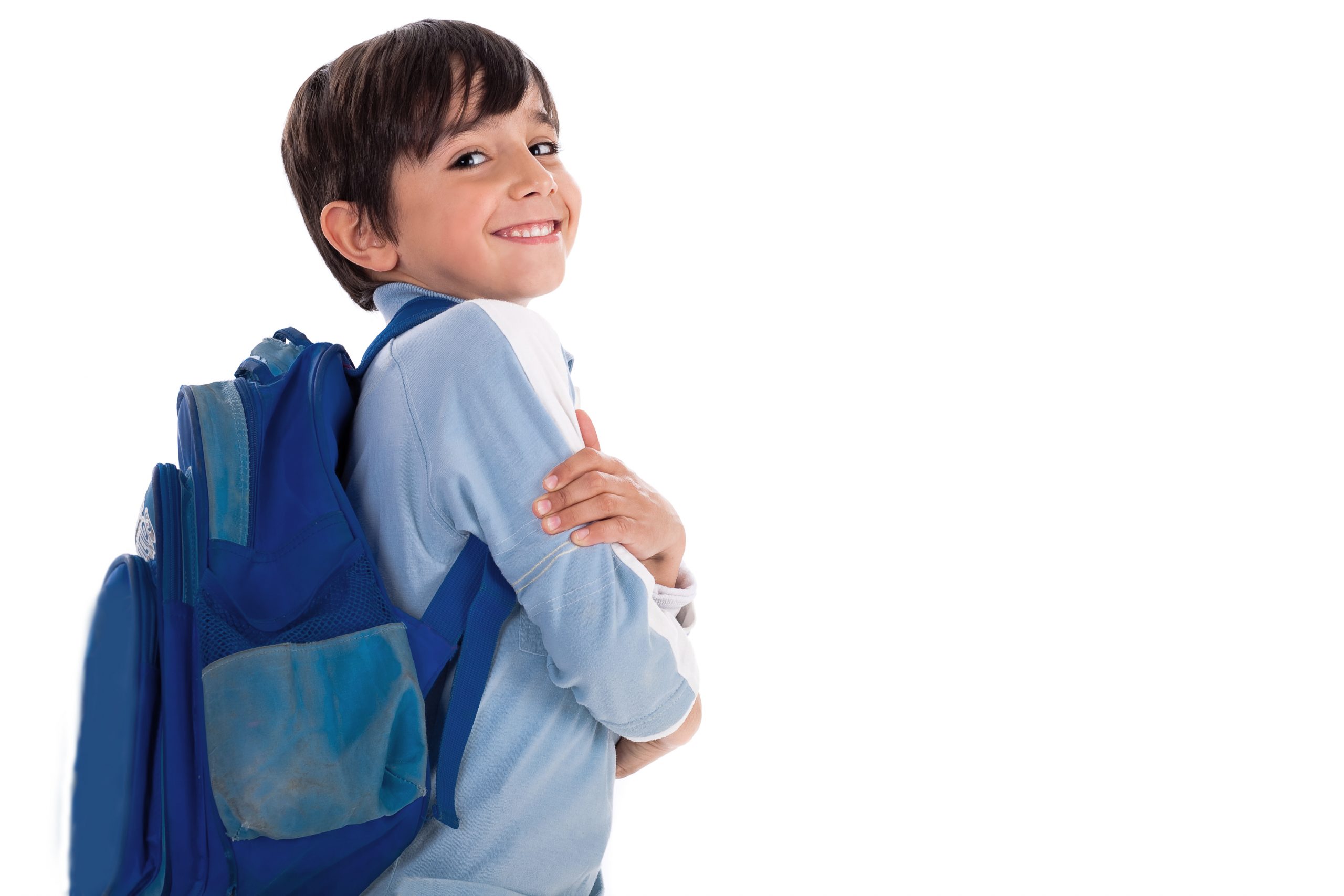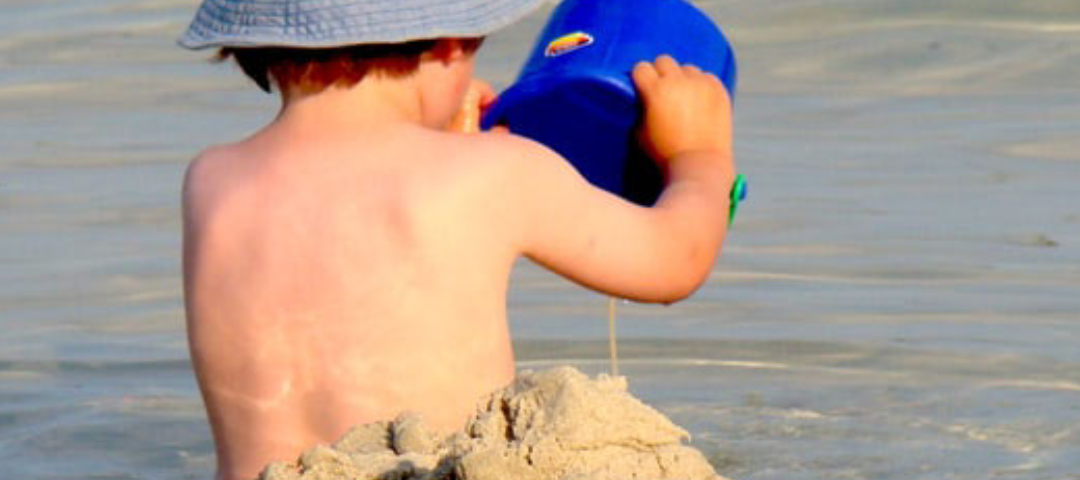
Should your child visit their pediatrician during COVID-19?
May 18, 2020
Children Returning to School During COVID-19
July 23, 2020Being in Florida during the summer-time makes it easy for anyone to have access to a pool. Parents must remain vigilant of their children, especially if there is a pool nearby (whether it has a gate or not). Babies can easily be drawn to water, making it crucial to protect infants against any water hazard accidents. Whether you have a pool or not, the following are a list of tips for parents on water safety and infants.
Start Early!
Parents should start implementing and practicing water safety as soon as their child comes home from the hospital. Infants’ motor skills can develop extremely fast, leaving it unknown as to when they will begin reaching, rolling, pulling, crawling, and walking. A child who is already crawling and walking has added risks to potential water dangers. The best way to keep your infant safe from a water hazard is to stay one step ahead of them.
A Few Inches of Water can be Dangerous!
It only takes one to two inches of water for an infant to drown. A tragedy like this only takes a few seconds and can occur in complete silence. Babies do not have strong neck muscles. This makes it hard for them to have complete control of their head thus, making it nearly impossible for them to lift their head out of the water on their own. The slightest amount of water covering an infant’s nose can block his/her airways, restricting their breathing.
Tub Safety:
Practicing water safety begins with an infant’s first bath time. Always remember these tips when your infant is in water:
- Keep bath supplies within arms-length: Always have a hand on your baby while he/she is in the tub, make sure everything you will need for the bath is in your reach. Most of the drownings that occur within the home happen in the bathtub and more than half of those children are under 1 year-old. In most cases, an infant drowns in a bathtub due to a lapse in the supervision of the child. Remember, even if you are using a bathtub seat it is crucial to never take your eyes off of a child in a bathtub.
- Water temperature: Before you place your baby in the bathtub, tap your hand in the water and check the temperature. If the water is too hot for you, it is too hot for your infant. Hot water can scald your child and cause serious burns that will need immediate medical attention.
Be Mindful of Simple Water Hazards Within the Bathroom!
The bathtub isn’t the only spot in your bathroom that can hold water. Both the toilet and the sink contain water. Help prevent your child from drowning in the bathroom by:
- Putting the toilet seat down: Parents can purchase infant latches that go on the toilet, preventing them from opening the lid and sticking their head in the toilet.
- Pull the tub plug: Remember to remove any plugs that you had in the drain while you were bathing your infant. Leaving standing water in a tub can be extremely dangerous as a curious child can fall in and drown.
- Keep the door closed: The best way to prevent your child from a bathtub drowning is to keep the door closed. Safety latches or childproof doorknobs can keep your infant out of the bathroom and away from any potential water hazards.
Empty Anything Containing Water:
Items such as buckets, pails, coolers, large bowls, and trash cans can be hazardous to your infant as they can collect large amounts of water. Never leave a water container in sight or reach of your infant.
Pool Safety:
Swimming pools should always be surrounded by a gate on all sides. This also applies to large inflatable pools and above-ground pools. Pool gates should always:
- Be 4 feet high, no more than 4 inches wide between slates and have no easily accessed opening between or under slates.
- Make the pool and house separate. You want to be sure that the pool is completely separated from your home, making it harder for your child to have access to the pool.
- Install a self-closing and self-latching gate to make sure that it stays locked at all times.
- Keep all toys away from the gate to avoid tempting your child to come near the gate.
- Practice frequent gate checks to be sure that it is opening and closing properly. A gate with a broken latch can be very dangerous and lead to incidental drowning.
Additional Backyard Water Safety:
Do a complete walk around your yard to point out any potential water dangers in your backyard. Pools aren’t the only dangers! Also, be mindful of:
- Wells and ditches: Areas in your yard with open holes can become filled with water.
- Ponds and fountains: Landscape areas containing water are also important to consider keeping your infant safe from.
CPR:
Parents and caregivers are encouraged to know CPR and know when/how to get help. CPR classes can be found through the American Red Cross and the American Heart Association. You can also check your local fire department and park districts for CPR class schedules.
Hot Liquids Can Burn your Child:
Tea, soup, and coffee are all hot liquids that can scald your child’s sensitive skin. It is important to remember to never:
- Carry your child and a hot liquid at the same time: Infants can get fussy or begin to reach for what’s in your hand, making it very hard for you to control what they grab. This can result in accidental spills that can burn your child’s skin.
- Avoid placing hot liquids on the edge of tables: A curious walking/crawling toddler can easily reach over a table or grab a tablecloth and knock over a hot liquid. Avoid this happening by never leaving hot liquids on the edges.
Don’t Forget!
Remember, always keep your child in mind when there is anybody of water around. A child, especially an infant should never be left unattended or unsupervised around any body of water.





